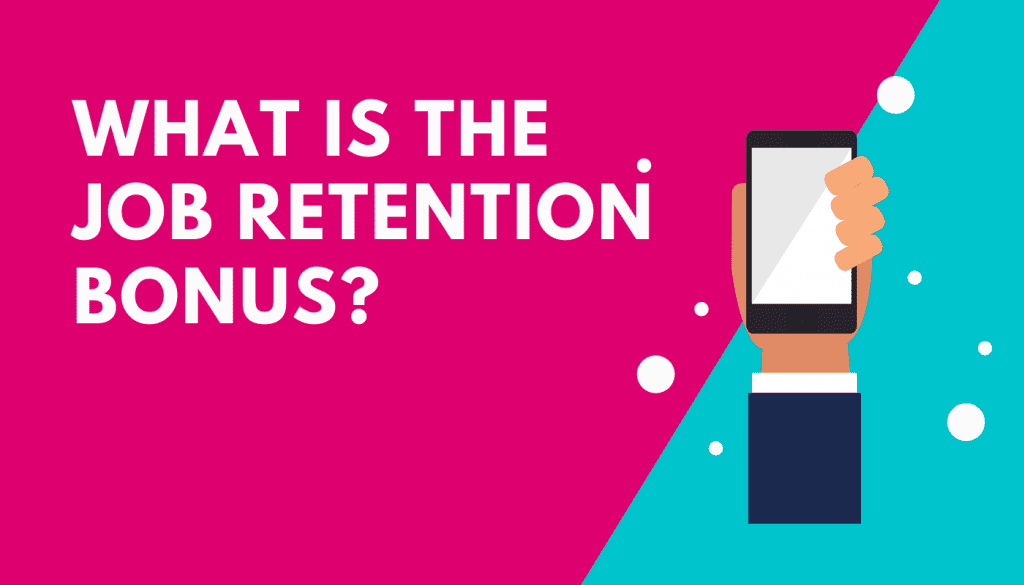
Employers will be able to claim a one-off payment of £1,000 for every employee they have previously received a grant…

Employers will be able to claim a one-off payment of £1,000 for every employee they have previously received a grant…
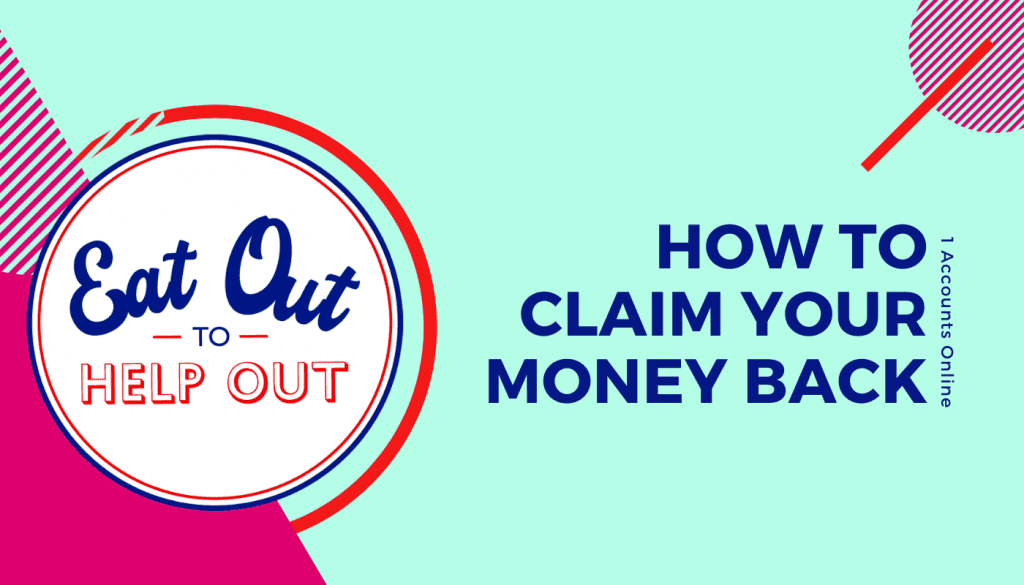
The Government has announced details on how to claim the reimbursement for discounts given to diners with the Eat Out…
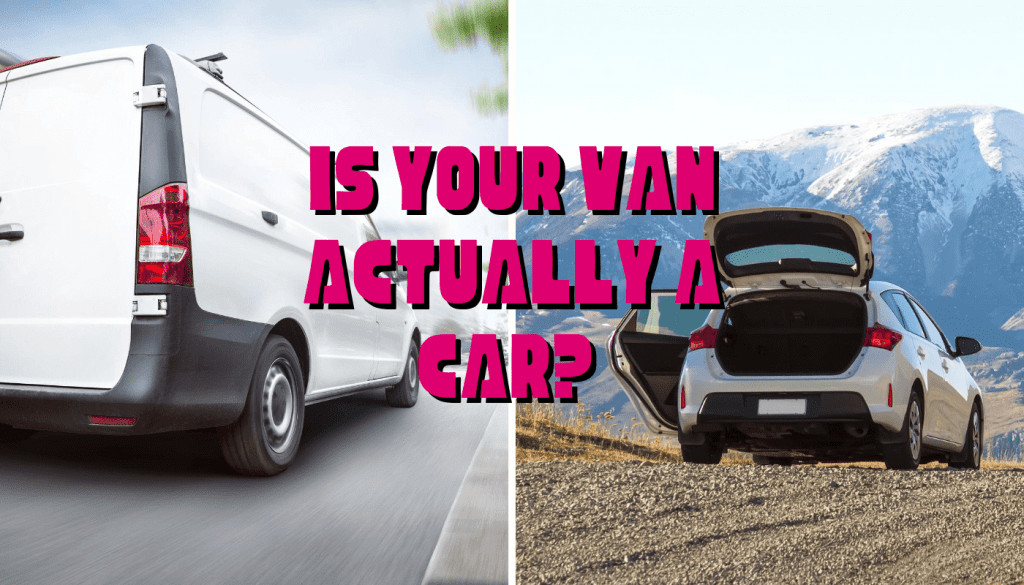
“Should I buy a car or a van” is a question we frequently get asked at 1 Accounts. Our recommendation…
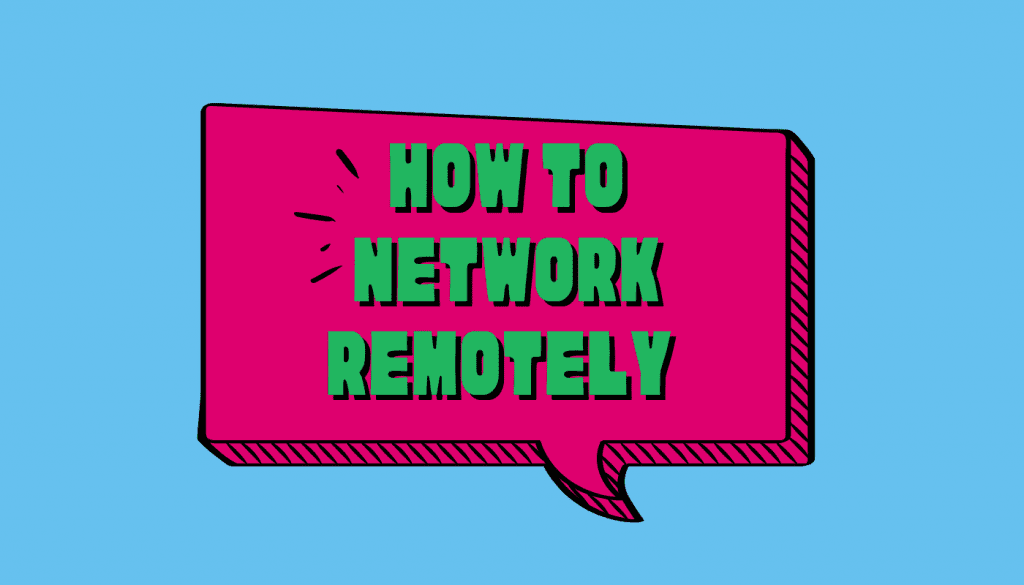
Small to medium-sized businesses have to go the extra mile to stand out from competitors, particularly when those competitors can…
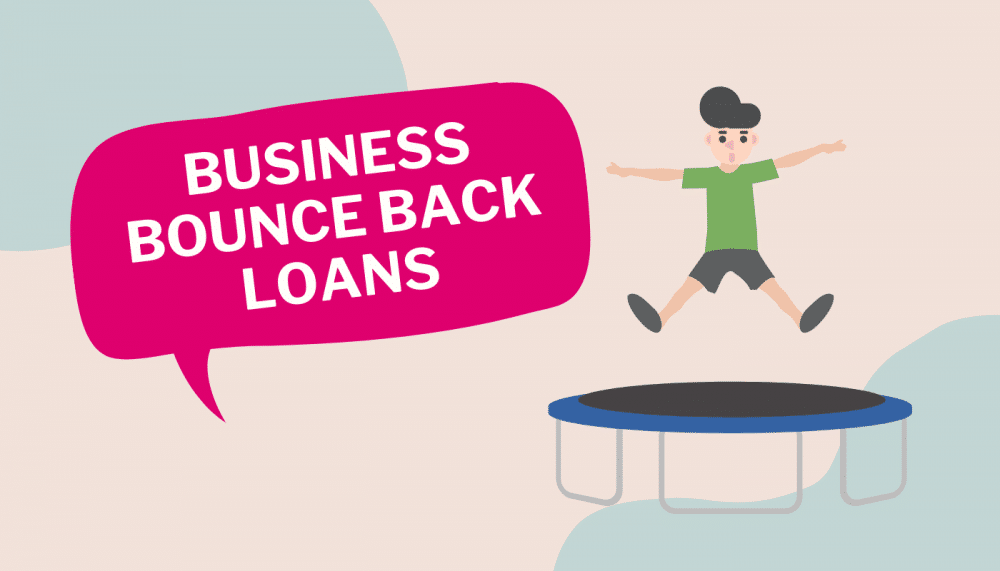
Business Bounce Back Loans – what are they and should you apply for one? Since the scheme launched in May…

Paul and Jenni had a board meeting yesterday revolving around the cycle to work scheme and Boris Johnsons announcement regarding…

Boris Johnson announces grants for Electric Bikes, but are they a good idea for small business owners? Bikes (including E-bikes)…
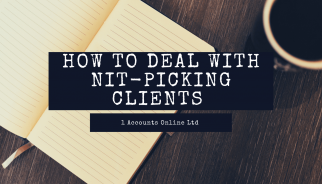
Are you finding that some of your clients, some who have previously been good clients, have suddenly become quite fussy?…
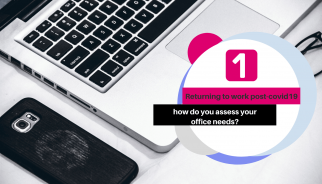
In the short-term, it seems likely that many of us will remain working from home even after government orders to…
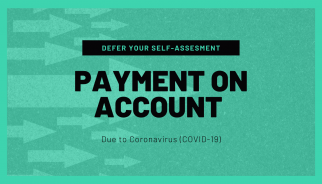
Choose how and when you can delay making your second payment on account for the 2019 to 2020 tax year….